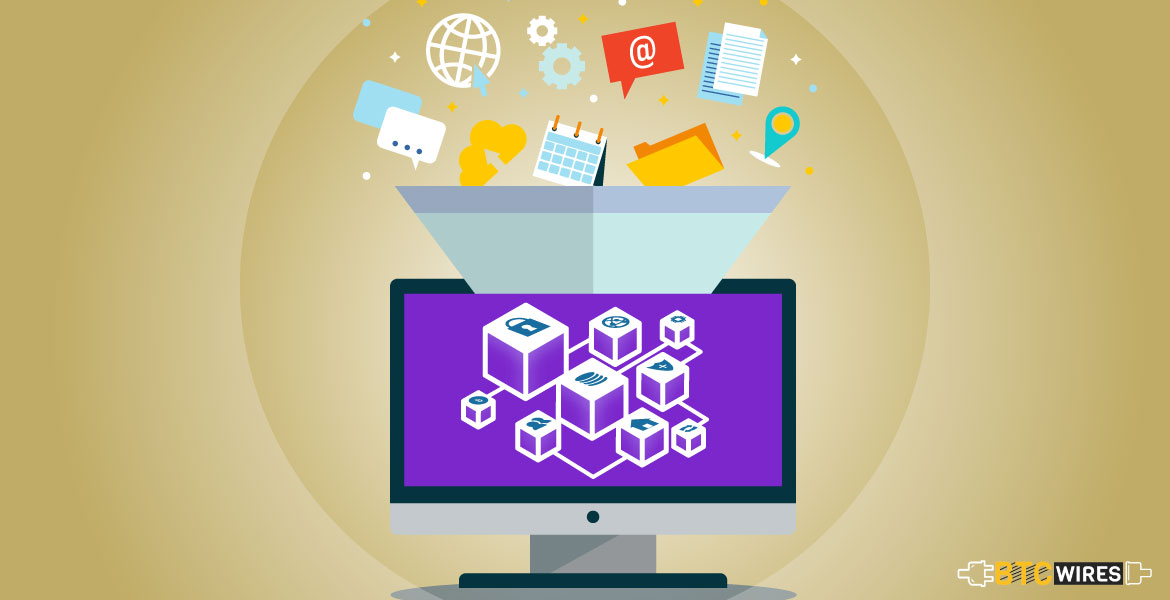Blockchain is the latest buzzword of the modern tech space.

Blockchain is the latest buzzword of the modern tech space. Its reputation as a tool for efficient and secure data storage is becoming increasingly ubiquitous. Naturally, people are beginning to talk more and more about how well it can be applied in a multitude of fields such as supply chain management, payments, digital identity, healthcare database management and so on. However, even as we talk of these diverse applications, many of you may still be wondering: how is data stored in blockchain?
To answer this question for those of you who are not too sure about it, we will go back to the basics today. We will be breaking down for you, in simple terms, how data is really stored on a blockchain network for it to be a secure and effective means of recording information.
You May Also Read: Blockchain Architecture Explained
The Idea of Blockchain
Blockchain technology, to think simply and objectively, is a refinement on the cloud storage technology, where information is stored on a server that can be logged on to by anyone with the requisite access credentials.
However, the catch with the cloud storage system is that it is centralized, so it depends on executive control by an executive authority: like Google in Google Docs for example.
Blockchain is precisely that, but on a much larger scale and no centralized control.
The same ledger or database full of information is spread out over hundreds or even thousands of computer servers. Now, a single point of attack no longer exists. To edit the blockchain data, one must access each of these nodes or individual servers and change the records.
All these data can be stored in the form of blocks that are chained together by means of their unique digital fingerprints or hash values. Let us find out more about how that process works.
How Does Blockchain Store Data?
The idea of blockchain actually emerged from a military metaphor: the Byzantine Generals’ Problem which made it difficult for decision-making army authorities to coordinate amongst one another and communicate plans to foot soldiers securely. For solving this in a modern context, one would need a distributed database with a smart encryption.
For encrypting purposes, blockchain uses the basic cryptographic tool of using a private key and public key together.
The fact that an information has been updated to the blockchain can be viewed by all but only those who have the private key (for example, the recipient in a Bitcoin transaction) will be able to unlock the data and make use of it.
You May Also Read: Differences Between Public Key and Private Key
If 15 Bitcoins are sent from A to B, everyone will know the transaction has occurred as it is a public ledger. However, only the sender and the recipient will have the keys to unlock the actual Bitcoins.
A certain amount of data makes up a block and each block must be absolutely identical.
For this, designated servers must constantly work to make sure that blocks are confirmed as and when the data size requirement is met.
These servers are chosen and required to work based on whichever consensus protocol that blockchain is using. Upon confirming blocks, they even earn incentives in the form of crypto coins or tokens native to the network.
Consensus protocols like Proof of Work or Proof of Stake determine how the block validators are to be chosen and incentivized for the work they put in for the network’s upkeep.
Here Are A Few Other Articles For You To Read Next:

